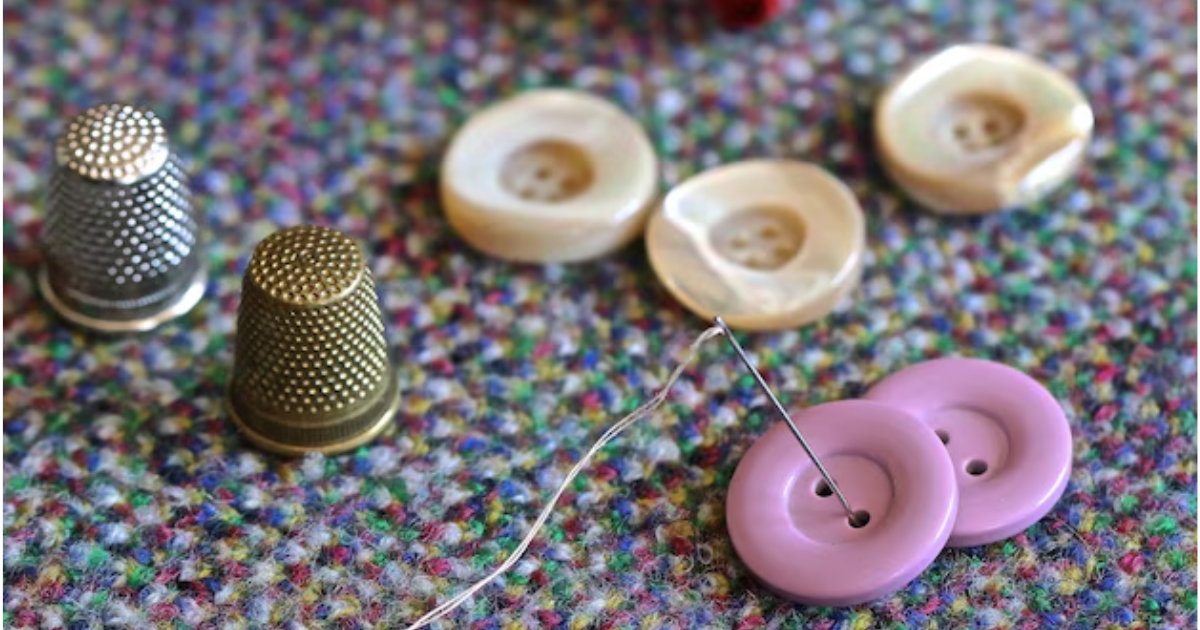
Indian button-makers are depending more and more on sheet casting machinery in order to remain competitive in the market. This sheet casting machinery and fabric button-making machine allows the companies to produce high volumes with good quality and serve efficiently both domestic and global markets.
Sheet casting machinery is a type of machine that melts the raw materials, such as plastic and resin, into thin and uniform sheets. Then, machinery makes raw materials to use as button blanks. For button manufacturing, these blanks are very important because they ultimately become the final product. When the manufacturers adopt this method, they ensure:
Quality in buttons is one of the most important and non-negotiable points, whether it is a casual shirt, luxury fashion, or industrial application. Sheet casting machinery helps in this aspect by providing consistent blanks that transform less variability in strength, fit, and appearance. It has already been mentioned that the uniformity brought about by sheet casting assists in the maintenance of “identical in thickness and shape” blanks.
Other quality benefits:
Precision is crucial during the production of a standard garment line, especially for items like a shirt button. The sheet casting process allows the manufacturing of blanks with the exact dimensions and tolerances that the shirtmakers require.
Also, in the case of fabric-matched or decorative buttons (for instance, when using a fabric button-making machine), the standard blank helps to ensure that the outer fabric cover sits uniformly, holes are aligned correctly, and the behavior (strength, wear) is predictable.
So, the manufacturers who employ sheet casting machinery are in a better position to cater to the needs of the standard shirt buttons as well as the specialty fabric-covered buttons.
Using sheet casting machinery brings significant operational benefits:
These improvements in efficiency are very crucial in the competitive manufacturing markets in India. Here, manufacturers must be very economical in order to be able to meet global quality standards. They also can get help from a button measurement chart to ensure accuracy.
Although the sheet casting machinery manages the initial blank production, the manufacturers usually use advanced finishing tools and a few machines for shaping, drilling, and polishing. They also use specialized machines for designer or fabric-covered buttons. Automated systems for sheet pouring, punching, and turning are very important for shirt button production on a large scale.
In short:
The integrated workflow ensures that the “sheet casting machinery” is not just an investment but also a part of a broader production chain that is optimized for both quality and cost‐efficiency.
When a company is considering sheet casting machines for button production, the following points should be kept in mind:
Those manufacturers that are ready to invest in sheet casting machinery will soon find themselves producing both standard and specialty buttons and thus become more flexible and faster to react to changes in market demand.
Choosing sheet casting machinery for button production offers high-quality, high-volume efficiency and easy workflow with the downstream processes for standard shirt buttons and fabric-covered designs. At Chetna International, we understand that the proper machinery investment is a good driver of value and a perfect match for your supply chain needs. If you are ready to process your button-making capabilities, let us help you start today.